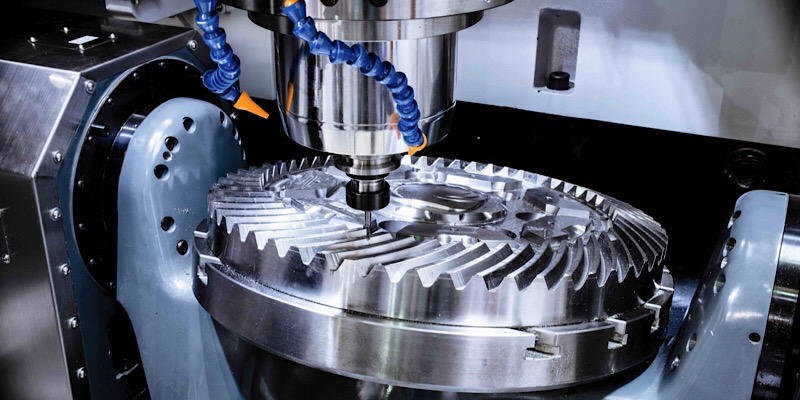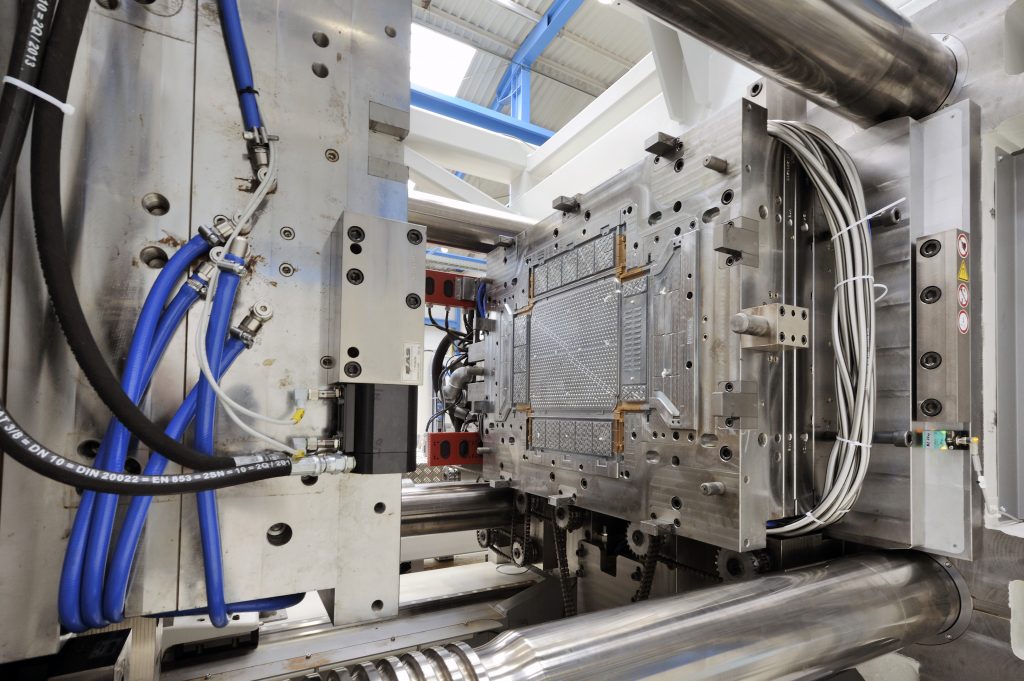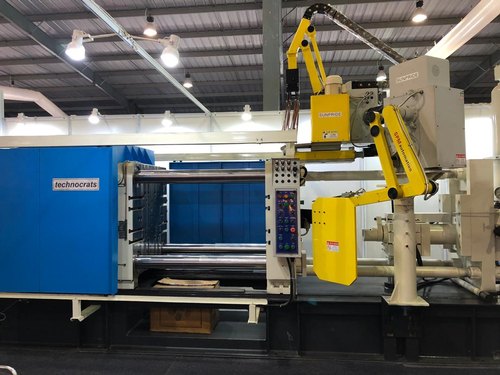A manufacturing work center is a unique machine or assembly area used in a work shop or manufacturing facility. Depending on the job at hand, any combination of work centers may be called upon to complete the task at hand. Different work centers may yield significantly higher quality components or significantly reduce the cost of manufacturing. By properly understanding the work centers available and their applications, the cost associated with a job can be significantly reduced. The list of all work centers is extensive and becomes highly specialized very quickly. As a result, work centers have been broken down into several categories dependent on their methodologies and products.

Machining: Machining, or subtractive manufacturing, operates by forming the final product by removing material from a larger piece of material. This method is contrasted to additive manufacturing which builds a product by adding together raw materials. Machining takes on many different shapes and forms depending on the shape and material the original piece.

Mills: Milling processes utilize rotary cutting elements, dubbed bits, to remove material from the work piece. While traditionally performed manually, modern computer systems have led to computer numerical control (CNC) which can automate much of the milling process. This type of machining is highly versatile, able to be adapted for many materials and can be highly intricate. As a result, the process becomes very time and skill intensive.

Turning: Turning most often refers to lathe turning which spins the work piece, rather than the cutting element, to create components with radial symmetry. Much like milling, turning is a difficult skill greatly simplified through CNC. However, the turning also suffers from similar issues to milling.

Cutting: Electrical discharge machines (EDM), jet cutters, and laser cutters use similar principles to cut 2D shapes out of a thin work piece such as sheet metal or plywood. While jet cutters utilize highly pressurized streams of liquid, traditionally water, impregnated with an abrasive material, laser cutters utilize highly concentrated laser light and EDM machines use high powered electrical arcs to cut through a material.

Joining: Joining methods combine two or more components to create one final part. Often joining shops will require highly skilled workers or complex machinery to temporarily fix components while being joined.
Welding: Welding takes on many different forms for many different applications. Welding joins two components, usually metal, together by melting the two materials together through precise applications of heat. Often, material is added to increase the strength of the weld. Properly performed welds yield exceptionally strong joints. Arc, oxyfuel, and friction are a few of the many welding styles.

Adhesives: Adhesive joining utilizes adhesives to join two components together. Adhesives have the ability to be fast-acting, temporary, elastic, and applied to nearly any material. However, most adhesives are not fast-acting, have limited thermal or mechanical properties, or have limited lifespans.
Fastening: Fastening processes utilize mechanical components to join multiple components together. Common processes include nailing, screwing, riveting, and nuts and bolts. Fasteners typically create non-permanent joints that don’t significantly damage the components.

Forming: Forming works through modifying or creating a component without removing or adding material. Because many methods of forming require deformative properties from the material, forming is rarely used for non-metal manufacturing. Processes include rolling, forging, extruding, pressing, and bending.
Rolling: Rolling centers process metal between cylindrical rollers to create a uniform sheet of metal. The rolling process gives the metal certain material properties rather than forming a finished product. Processes such as cold or hot rolling give the work piece different material properties.

Forging: Forging shapes a metal work piece through concentrated applications of force. Most often, the force is delivered with a hammer or similar implement. Forging also imparts many varied material properties depending on the exact method. Typical forging procedures requires heating the piece in a forge.

Molding: Molding takes a liquid or liquefied material and pours or injects the material into a negative mold. The material is solidified, chemically or through cooling, before being removed from the mold. The mold may be consumed in the removal process. Injection molding, casting, and shrink wrapping are all molding types.
Injection molding: Injection molding is typically used to produce plastic components by injecting molten plastic into an empty cavity. Once cooled, the part is released from the mold. The process requires a heavy initial investment but lowers the repeating costs per part.

Shrink wrapping: Shrink wrapping takes a material, typically plastic, and stretches it over a mold. The material is shrunken, taking the shape of the mold

Casting: Casting has a long running history lasting millennium and deserves its own section. Casting utilizes gravity to pull the liquid through a mold. In general, any metal molding is classified as casting even if the material is not inserted by gravity. Casting can also be done with many non-metals, thus holds a looser definition. Sometimes casting utilizes material replacement where a temporary material, such as wax or plastic, is burned or corroded away by the casting material.

Pressure Die Casting: Pressure die casting (PDC) and injection molding have many similarities. The process is fairly similar however PDC usually deals with molten metals while injection molding uses molten plastics.
Connect with us today to know more about how can you integrate all these and many more work centers with AI to increase your shop floor’s productivity and efficiency!